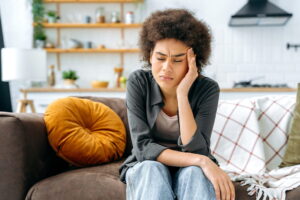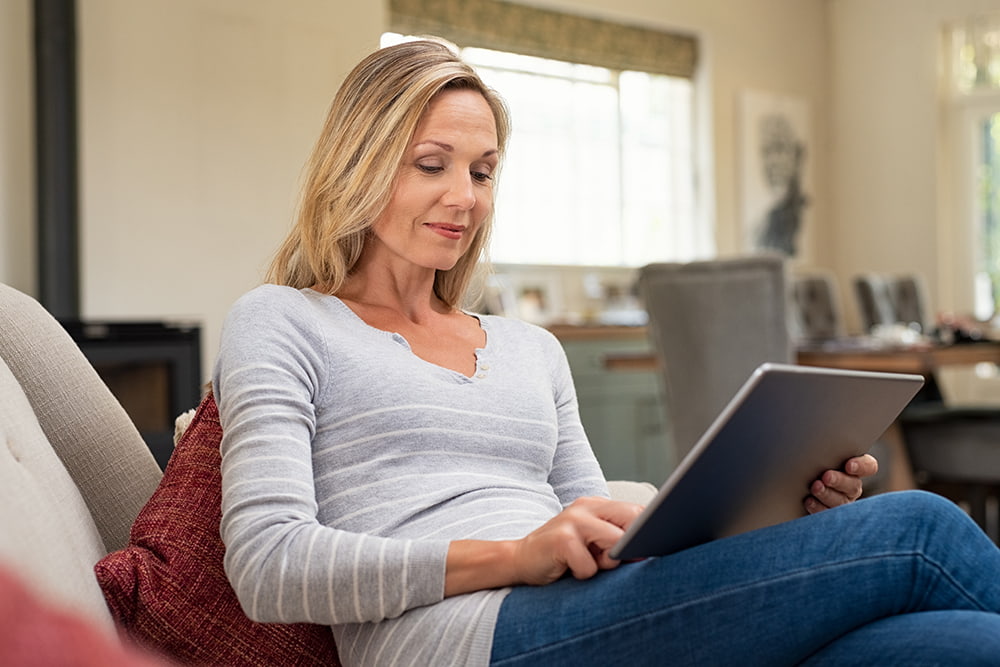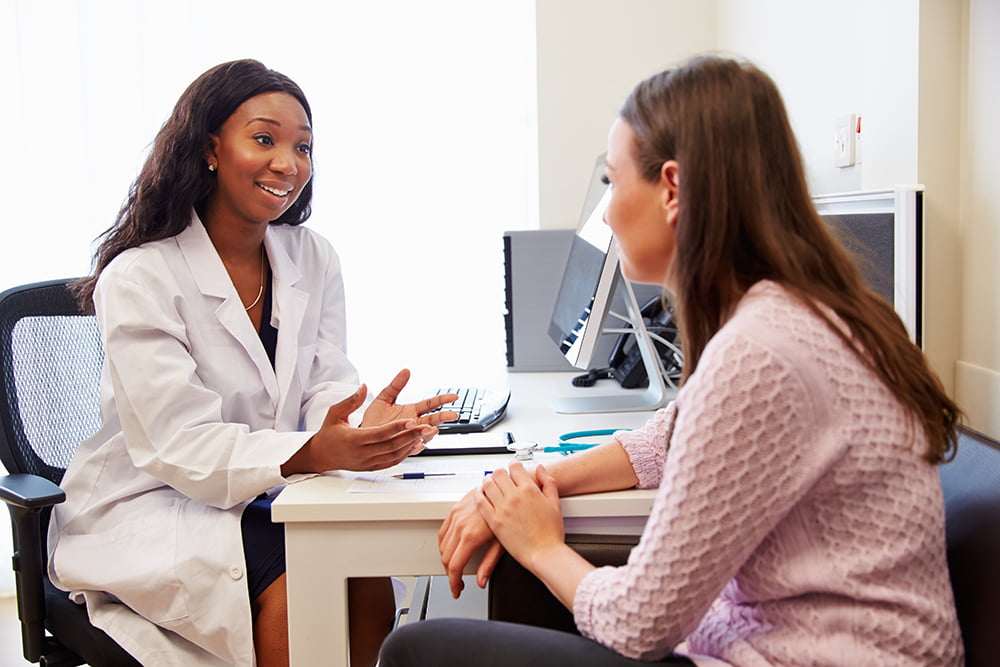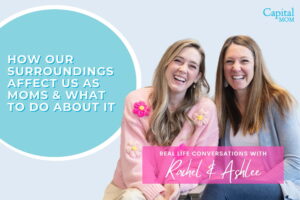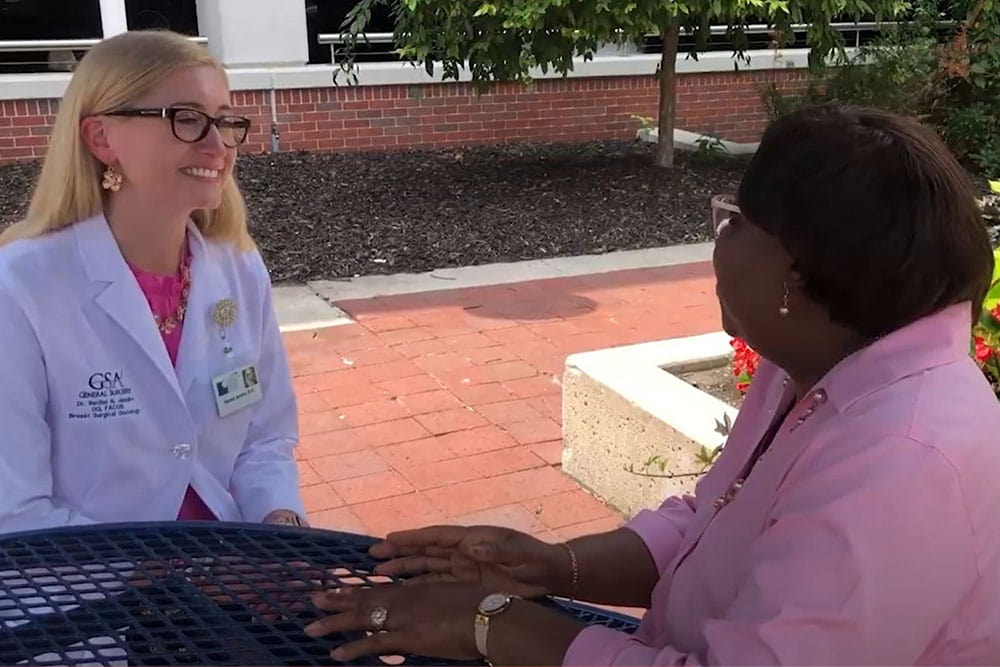
How I’m Developing Healthier Eating Habits
I have shared that I loathe cooking and baking of any sort with you all before, however, I do value nutrition. I seek out blogs, conversations and articles about healthy cooking, providing healthy snacks and connecting with food. I recently listened to a sports nutritionist and she made my mind start spinning.
With the school year and fall sports season fast approaching, I want to make sure I have quick nutritious snacks and healthy meal options available for our entire family.
Where I Struggle with Making Healthy Meals
I realize my downfall in providing nutritious meals and snacks occurs in multiple different areas.
- First is definitely the busyness of life.
- Having picky eaters.
- I have no patience or confidence in the kitchen.
- I do not create a fully developed grocery list.
- Not using the items in our pantry.
How I’m Making Changes to My Family’s Habits
With the above challenges, I am still determined to listen to the advice of the sports nutritionist and make a few changes in our habits.
- Create a better developed grocery list. This will help eliminate spontaneous grocery shopping, eating out and also require me to meal plan.
- Use the foods in our pantry and the refrigerator, especially the fresh foods.
- Encourage and support my family as they continue to decrease their caffeine and sugar intake. This is really eye-opening to me as our daughter is connecting eating habits not only to athletic performance but also to academic performance.
- The most difficult change for me will be setting aside time on Sunday to prepare lunches and suppers for the week. I am going to start small and not become overly ambitious.
- Revamp my snack storage in my classroom to include healthier choices to fuel energy rather than processed foods.
I wish I had a magic switch. As I sit here and blog, I just want to jump to the end result. I want the healthy eating challenges to be easy. I discuss with my kids and students it is a process to become better at anything. There are many, many times I have tried to make all of the changes above and I absolutely fail. Here is to me recommitting to healthy eating goals. In all reality, this is not just about me, it is about my family and encouraging a healthy lifestyle through healthy eating habits.

Shelly Mowinkel
K-12 & Teens
My husband and I have three kids. Our oldest is a freshman in high school, and our youngest is in second grade. Most days, I feel like we are a “tag-team chauffeuring” service, yet I wouldn’t have our life any other way. Not only I am a business/technology teacher at Milford, I am also the district technology integration specialist. I love teaching because I get the opportunity to make those around me better. My hope is that, through my blogging, I am able to inspire, encourage, and share with you my adventures of being a wife, mother, and professional.




